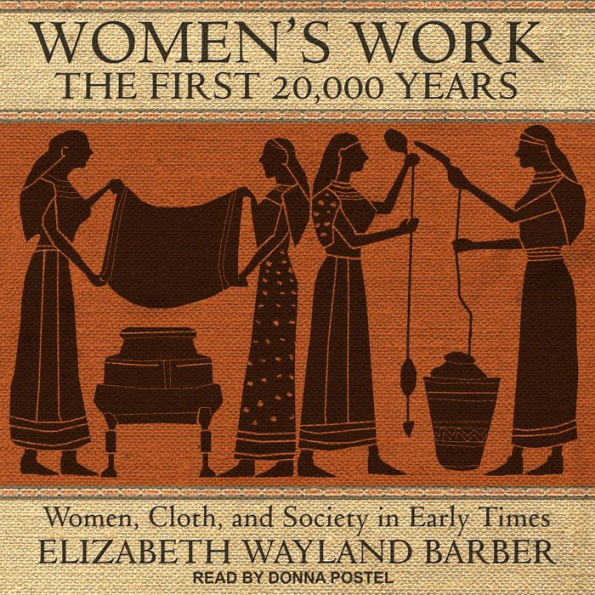While men dominated early agriculture, women for millennia took primary responsibility for sewing, weaving textiles and making clothing. In this beautifully illustrated study, Barber (Prehistoric Textiles) retrieves an important chapter in the history of civilization by drawing on archeological evidence, ancient texts, myths and linguistics to reconstruct women's paramount role in the fiber arts until the start of the late Bronze Age, about 1500 B.C., when, Barber observes, the advent of commercial textiles brought men to the looms. In prehistoric Europe, women invented elaborate textiles with complex designs; women of ancient Anatolia ran cloth-making establishments. Barber begins her saga with the description of a Paleolithic ``Venus figure'' that dates from about 20,000 B.C. and is carved wearing a skirt woven of loose strings. Ranging from Egypt to Greece to Sumatra, covering the period from 20,000-500 B.C., Barber illuminates women's changing social status as makers of cloth and clothing.
5
1

Women's Work: The First 20,000 Years: Women, Cloth, and Society in Early Times

Women's Work: The First 20,000 Years: Women, Cloth, and Society in Early Times
FREE
with a B&N Audiobooks Subscription
Or Pay
$23.49
$24.99
23.49
In Stock

Editorial Reviews
Product Details
| BN ID: | 2940170695225 |
|---|---|
| Publisher: | Tantor Audio |
| Publication date: | 06/12/2019 |
| Edition description: | Unabridged |
Videos

From the B&N Reads Blog
